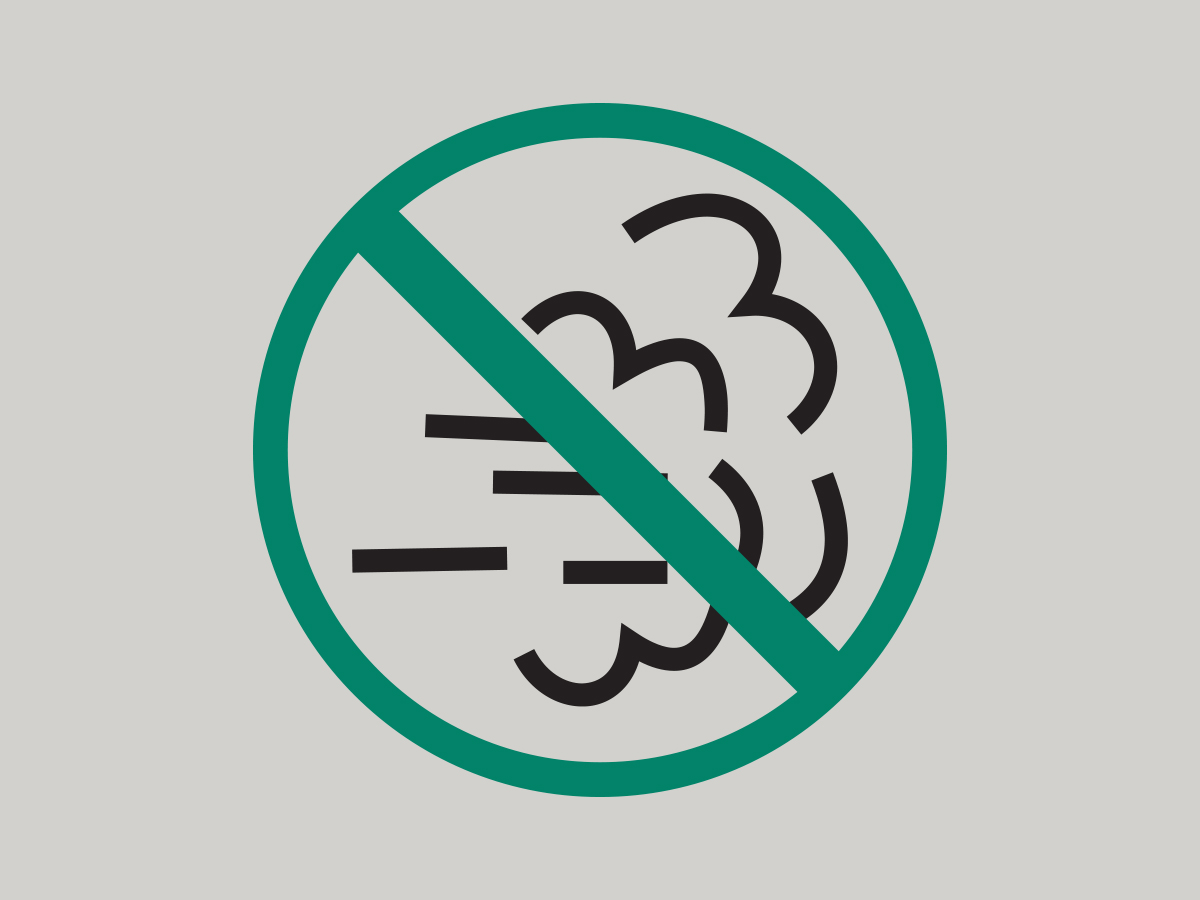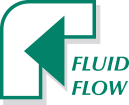3 Common Causes of Compressed Air Leaks—And a Single (Ferrule) Solution

As the saying goes, a chain is only as strong as its weakest link. In an industrial fluid delivery system that is powered by compressed air, there can be many weak links—and each of them can lead to leaks.
Leaks can create several costly problems, including wasting 20 to 30 percent of a compressor’s output. The annual cost of wasted energy can range from $523 for a 1/16″ leak to $8,382 for a 1/4″ leak. When you multiply those figures by the number of couplings in a system, then by the number of systems in operation, the losses increase quickly and substantially.
While leakage can come from any part of the system, the most common problem areas are the connection points. The considerable consequences of having leaks in a compressed air system underline the importance of using the most reliable and effective compression fittings and couplings available.
There are three common conditions that can cause connections in a compressed air system to leak, resulting in inefficiency and downtime. Each can be minimized or eliminated by using single-ferrule compression fittings that offer a balance of simplicity and strength.
1. Incorrect installation
Double-ferrule compression fittings have been the industry standard for more than 80 years and are most likely to be compatible with other compression fittings in a system. Their precision-engineered parts are designed to provide secure, leak-proof joints in applications that involve high pressure, vacuum and vibration. However, they can be difficult to install correctly because:
- The parts are small and easily dropped or lost.
- There are more than 20 different ways to assemble, reassemble or connect this type of compression fitting, but only one is correct.
- The rear ferrule is typically the most common cause of performance issues due to being missing or installed backwards.
When an installation error occurs, reworking the system is a time-consuming, labor-intensive process that requires several steps, from diagnosing the problem to de-pressurizing the entire system.
2. Additional Sealing Points
Using compression fittings and tubing instead of threaded pipe in a fluid or gas handling system eliminates many extra potential leak paths. Unfortunately, each double-ferrule compression fitting inherently creates an additional sealing point in the system where a leak can occur, which counteracts the benefits of abandoning pipe.
In any flareless instrumentation compression fitting, there must be at least two metal-to-metal seal points because of the introduction of the third part, the ferrule. Double-ferrule compression fittings require an additional seal point between the front and rear ferrules, as the front ferrule is designed to seal to the compression fitting body and also facilitate the action of the rear ferrule so it can penetrate the tube surface. This allows the rear ferrule to achieve a small grip, which is necessary to ensure a gas-tight seal.
3. Exposure to Vibration
If it is necessary to grip into the tube for sealing purposes, it is mandatory that this grip be isolated from tube vibration. The maximum destructive stress caused by vibration in a compression fitting occurs at the support point closest to the outboard, or tube end, of the fitting. If a grip, and therefore a stress riser, exists at the outboard support, all stress caused by the incoming vibration will concentrate at this point and increase the likelihood of failure.
Single-Ferrule Compression Fittings to the Rescue
Double-ferrule compression fittings are still widely used in modern compressed air systems because they are compatible with the compression fittings many plants have on hand. They also provide positive, reliable connections when installed properly. But many of the issues that are inherent in their design can be solved by switching to single-ferrule compression fittings, which offer the same effectiveness as double-ferrule compression fittings plus several added benefits.
Because these compression fittings rely on only one ferrule, they have fewer interior parts. This results in only three assembly combinations, two of which are obviously incorrect and can be easily avoided. This simplicity also significantly minimizes:
- Dropped, lost or damaged ferrules during installation.
- Post-installation compression fitting replacement due to missing/incorrect parts orientation or damage to the ferrule body-sealing surface.
- Replacement due to galling of body threads.
By design, single-ferrule compression fittings eliminate the need for an additional seal point between the front and rear ferrules. This contributes to increased reliability by eliminating a potential leak point in each coupling. Single-ferrule compression fittings also absorb incoming vibration by gripping the tube at the front, while the rear of the ferrule compresses the tube and shields the grip area with the compression action.
Plants must explore all available compression fitting options to avoid consequences such as compensating for wasted compressed air with additional expenditures or experiencing complete process shutdowns because the compressed air system can’t maintain pressure. Fluid Flow offers both single- and double-ferrule designs to put our industrial manufacturing customers in a position where they can get optimum performance and productivity from their compressed air systems.
Learn more about single-ferrule compression fittings in this white paper.

